Matt Johnston: Despite his critics, Daniel Andrews still says he’s the premier who ‘got s**t done’
Some ALP figures believe that even negative stories about Victoria’s major projects and budget blowouts are still a net gain for the party, because it was – to quote Daniel Andrews – getting s**t done.
Opinion
Don't miss out on the headlines from Opinion. Followed categories will be added to My News.
The bombastic epilogue to Daniel Andrews’s nine years as premier, recently provided by the man himself on a Labor-friendly podcast, was perfect.
On the podcast, Andrews chewed the fat with former ALP assistant state secretary Stephen Donnelly – who developed the infamous red shirts campaign in 2014 that helped install Andrews as premier – about winning power, challenges and how he “got shit done”.
At times he spoke freely and crudely, at other moments he reverted to well-worked lines.
Former ministerial colleagues, who had a bitter taste in their mouths during the final months of his reign, were divided on whether it showed Andrews no longer gave a shit what people think, or that he gave such a shit that he needed to tell his own story.
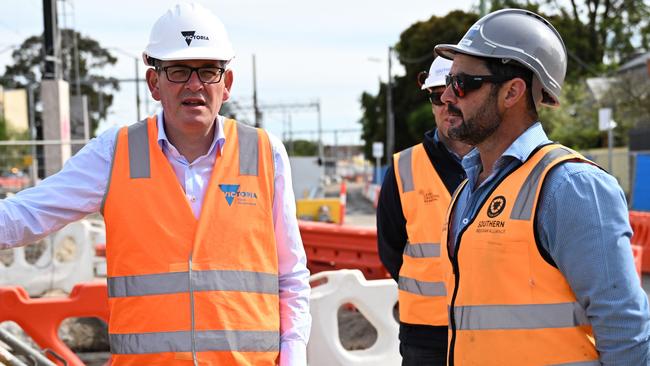
What was indisputable was the importance Andrews put on the state’s infrastructure building program to him becoming Labor’s longest-serving Victorian premier.
“We didn’t waste a day. We got shit done. We got things built. And we did what had to be done,” he said.
The level-crossing removal program, which recently completed the 74th grade separation since Labor came to power in late 2014, was a standout.
So was getting shovels in the ground for the Metro Tunnel, the process of which started very early in the first term, and building new schools.
Whatever you think about Andrews, he is a formidable modern politician who knew that a frenetic building agenda that put people in well-paid jobs would secure him votes.
While his most significant long-term legacy will be the actions he took to respond to a global coronavirus pandemic, his immediate legacy is the roadworks that are on every second corner of Melbourne.
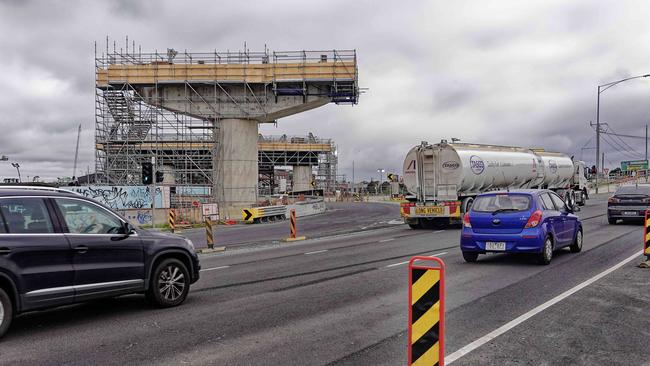
This supercharged infrastructure agenda shows little sign of slowing, and 2023 was another record-breaking year.
Even when the $10bn Melbourne Airport Rail Link was effectively mothballed because of an overheated market, an even bigger project was added to the agenda when the first major contract of the $35bn Suburban Rail Loop East was inked.
Meanwhile, record budget blowouts on major projects revealed over the past couple of years – for example $4.1bn for the West Gate Tunnel and $3.1bn for the Metro Tunnel – were put in the shade earlier this month, when it was revealed that the planned North East Link would cost $26bn, an increase of $10bn on its business case budget.
More overruns are likely over the following two years, but Victorians will finally see some mega projects get delivered.
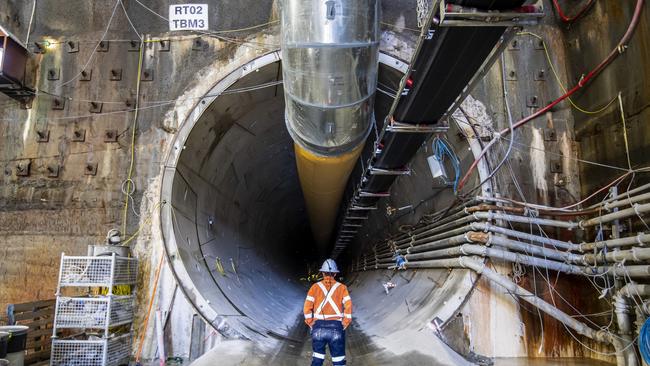
Once the Metro Tunnel is operational next year or the year after, it will shift perspectives about the value of the Big Build.
The same goes for the West Gate Tunnel, despite it being an inferior project, when it is opened by new Premier Jacinta Allan in late 2025.
Labor will be hoping people in the city’s western suburbs so poorly served by public transport will at least get a clearer West Gate Bridge run, regardless of whether they cough up to travel on the shiny new tunnel.
Some ALP figures believe that even negative stories about major projects and budget blowouts are still a net gain for the party, because it was – to quote Andrews – getting shit done.
Cost overruns impact the state Budget, but are not a big vote driver – at least not in ALP land.
Perhaps this is why Andrews used to say “things cost what they cost”.
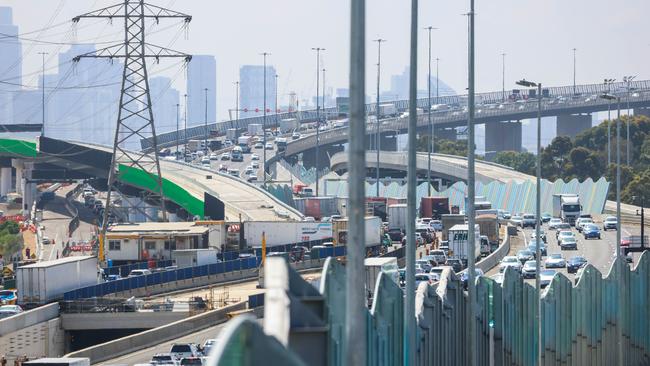
Some think there is a tipping point, particularly as individual debt mounts and hip pockets cop a pounding, when waste or profligate spending starts to aggravate voters.
Opposition Leader John Pesutto believes this will provide an opportunity for his party, but he has said the coalition must show how Budget woes “impact people’s lives directly”.
So far, it has failed to cut through.
There will be opportunities aplenty in 2024, particularly when it comes to the $35bn Suburban Rail Loop.
SRL planning documents show that the project has the potential to radically alter Melbourne’s growth and physical landscape for decades.
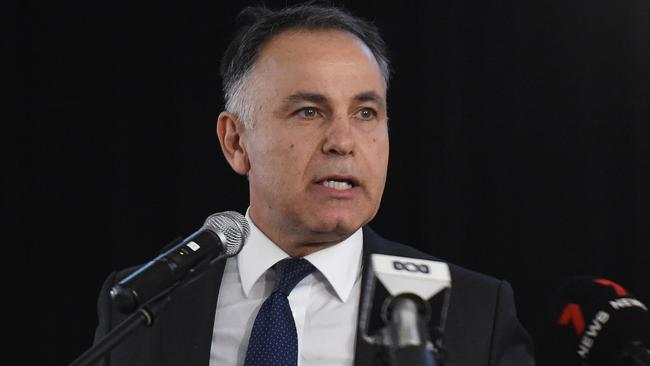
Precinct structure plans for suburbs near stations will show how the government plans to build bigger in middle Melbourne neighbourhoods and squeeze an extra four million people into the city by mid-century.
New zones will set soaring height limits to allow for skyscrapers 20km from the CBD, and high rises in once-quiet suburbs.
These plans should provide a competent opposition plenty of fodder to digest and consider, before it lays out a vision for Melbourne and the rest of the state.
Urban renewal in metro middle suburbs may not be as headline grabbing as a shiny new Metro Tunnel, but its importance to the future of the entire state cannot be overstated.
Matt Johnston is the Herald Sun major projects reporter



